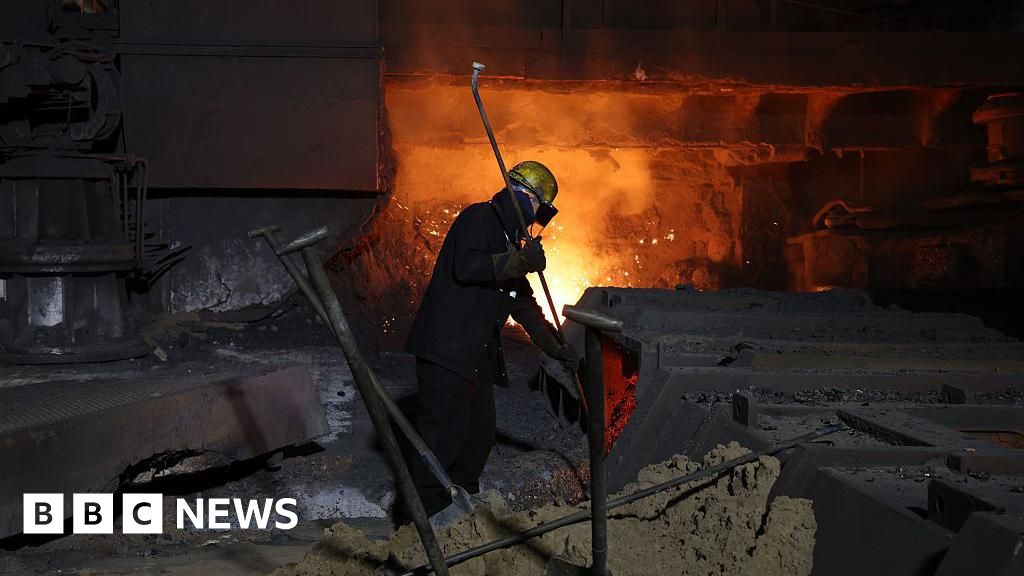ARTICLE AD BOX
Image source, Getty Images
Fewer workers sought jobless benefits in the US last week than at any time since 1969.
Just 187,000 people filed for unemployment, the Labor Department reported. That was down roughly 28,000 from the previous week.
The figures show a stark turnaround in the job market in the US since the start of the coronavirus pandemic.
The news sparked several historic comparisons on social media, with some sharing photos of Woodstock music fest.
"The last time jobless claims fell this low was the same year we landed folks on the moon," said Rep Ted Lieu, Democrat from California.
"The last time weekly jobless claims were this low The Beatles were still together," added Rep Don Beyer, Democrat of Virginia.
The US economy has many looking back to the past at the moment, but it hasn't been easy for economists and analysts to settle on the right historic analogies.
When lockdowns hit two years ago, the weekly jobless report hit record highs, with claims eventually exceeding six million.
But the economy, helped along by a massive government stimulus programme, has since roared back with a strength that surprised most analysts.
Growth jumped 5.7% last year, while payrolls have been expanding at a healthy clip, increasing by more than 600,000 last month, helping to cut the jobless rate to 3.8%.
Thursday's report highlighted the tight labour market, analysts said.
President Joe Biden has sought to claim credit for the gains, pointing to Democratic spending plans and progress controlling coronavirus under his watch.
He celebrated Thursday's report, citing it as another sign of a "historic economic recovery".
But surveys show the public remains worried about the economy, reflecting prices that are increasing at a pace not seen in 40 years.
Image source, Getty Images
Image caption,The last time jobless claims fell this low was the same year man walked on the moon
Many in the business world are haunted by comparisons to the 1970s, when the US was hit by so-called stagflation - when growth slowed even as price increases spiralled, driven in part by oil shocks.
David Rosenberg, head of the Toronto-based economic research firm Rosenberg Research, said economic indicators - including low jobless claims - suggest that America's economy is headed for a recession - as it was at the end of 1969.
But that doesn't mean the US economy is in for a repeat of 1970s-style problems, he added.
He said inflation pressures driven by supply shocks from the pandemic and Russia's invasion of Ukraine will eventually abate.
And he expects productivity gains to drive growth, pointing to investments companies have accelerated in areas like automation since the pandemic.
"That is where the comparison to the 1970s really falls flat on its face," he said. He thinks a better comparison is the temporary inflation seen after World War One.
'Uncertainty is rife'
Brad DeLong, economics professor at the University of California, said the US should try to avoid that example.
To control price increases, the US central bank at that time doubled interest rates from 3.75% to 7% - a move prominent economists have since judged as moving too late and too far, he noted.
He favours comparisons from the late 1940s and early 1950s, as the economy shifted in response to World War Two and the Korean and Cold Wars.
"I could be wrong. Uncertainty is rife. Everyone right now is reaching into the past and seeking for their favourite past historical inflationary episode as an analogy," he said.
"Maybe we will see something completely new."

 3 years ago
36
3 years ago
36








 English (US) ·
English (US) ·